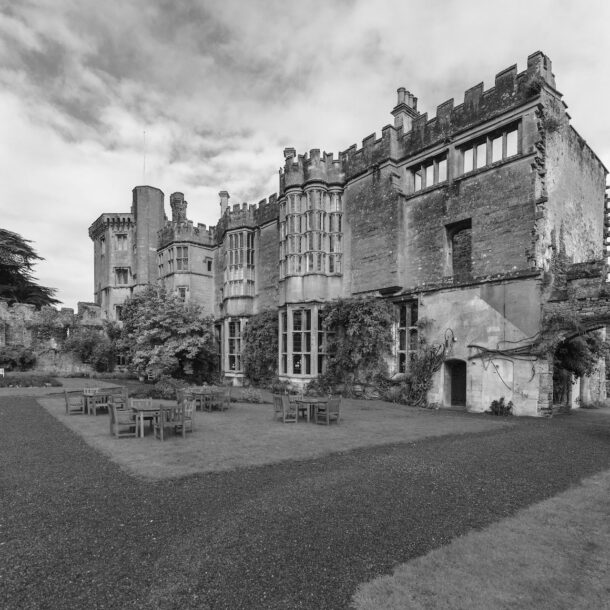

Close

Robert Fitzgerald landed on the shores of Scotland without family, friends, or money. He was the banished son of a powerful, Norman family in Ireland, but he broke the sacred laws of chivalric hierarchy when he, a commoner, killed a knight. His own family turned against him, raising a band of men to hunt him down. Robert fled across the Irish Sea to southwestern Scotland, where he landed in Wigtownshire. He took a new name, Adair, after a village near his father’s land where he could never return.
When Robert arrived in Scotland, he learned that the Scottish king, Edward I, had placed a bounty on the head of an infamous pirate named Currie. Currie owned Portree Castle, now known as Dunskey Castle, and he had turned to raiding his neighbors’ land and plundering the ships that passed between Ireland and Scotland. Edward I declared Currie a rebel, a robber, and a pirate. He promised that anyone who delivered him to the crown, dead or alive, would receive his land.
Robert saw a chance to restore his fortune if he got the better of Currie. But Portree Castle overlooked the sea on three sides and a moat protected it from an attack on land; it was impregnable. So Robert had to wait for Currie to emerge. He staked out the castle, watching for Currie day and night. After several days, his patience was rewarded when he saw Currie ride out from Portree just after sunset. He challenged Currie to hand-to-hand combat. They fought until Robert knocked Currie on the head with the hilt of his sword. As legend has it, he decapitated Currie and mounted his head on the tip of his sword so that he could present his bloody evidence to the king. Robert won the castle, and forevermore, his family’s crest bore a severed head.
Centuries later, the Adairs still lived at Portree Castle. They rose to become a powerful family with three fortified castles in Galloway. But trouble arrived when William Adair, Robert’s descendent, was implicated in the murder of Dionysius of Hamilton in 1496. He angered two powerful families, the McDowells and the McCullochs, who gathered an army of retainers to attack the Adairs. Dunskey Castle was as impregnable as ever, but the castle’s stores could not sustain the family forever. The attackers starved the Adairs out of the castle. William Adair agreed to leave Portree to his enemies so long as he and his family could escape. After the family fled, the McDowells and McCullocks fell upon the castle. They stripped it of any decoration, precious stone, and animal; they stole anything of value that they could carry with them. Then they gutted the castle, tearing at the walls and shredding the tapestries before they burned it to rubble. High on the elixir of stolen wealth, they tore through Galloway on a murderous, plundering spree. The king called on the sheriff to restore order. Central authority was scant in Scotland in the fifteenth century, but the crown set its forces on the culprits, pursuing them until they paid the Adairs compensation.
William Adair built a new castle, the same one whose ruins still look over the sea today. But he did not live long to enjoy his new seat. He died at the Battle of Flodden. William’s son, Ninian, inherited Portree Castle. He managed to avoid war and raiding, instead focusing on fortifying and expanding the castle. But his son, William, must have felt the call of his family’s roots in Ireland. He handed Portree over to Viscount Hugh Montgomery in exchange for his lands at Ballymena in Ireland
You can still see the ruins of the old castle on the cliffs overlooking the sea. After it was abandoned in the seventeenth century, wood and stone were taken and stored at Killantringhan. Centuries later, they were built into the walls of the new Dunskey House.